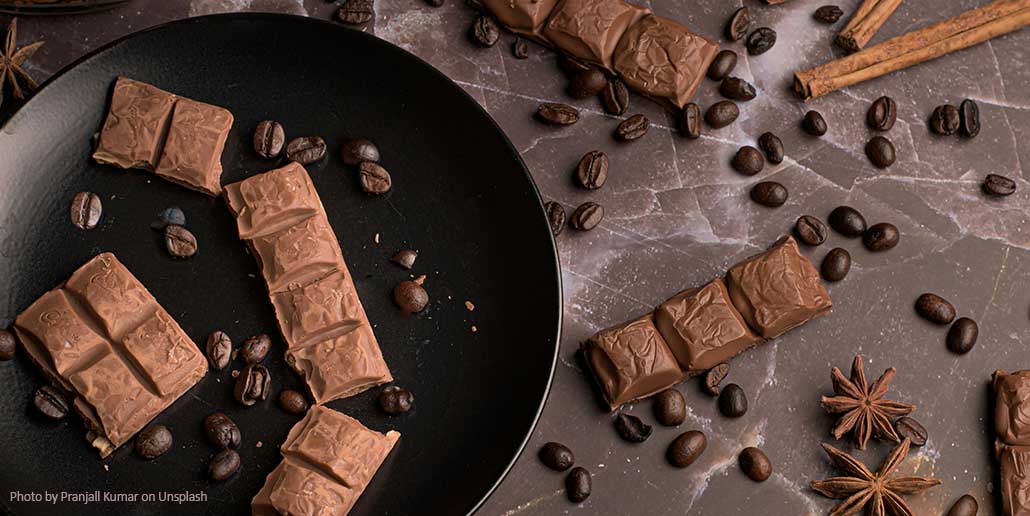
Chocolate Maker vs. Chocolatier
Chocolate is one of the most beloved treats in the world, but have you ever wondered about the people behind its creation? The terms “chocolate maker” and “chocolatier” are often used interchangeably, but they refer to distinct professions within the chocolate industry. Understanding the difference between the two can enhance your appreciation of the craft and help you choose high-quality chocolate products.
What is a Chocolate Maker?
A chocolate maker is responsible for transforming raw cacao beans into chocolate. This process involves several crucial steps:
- Sourcing Cacao Beans – Chocolate makers work closely with cacao farmers to source high-quality beans from various regions, including South America, Africa, and Asia.
- Roasting – The beans are roasted to develop their flavour profile. Different temperatures and roasting times influence the final taste.
- Cracking and Winnowing – The outer shell of the beans is removed, leaving behind cacao nibs, which are ground into a paste called chocolate liquor.
- Refining and Conching – The chocolate liquor is further refined and mixed with ingredients such as sugar, milk, or vanilla to create a smooth texture.
- Tempering and Moulding – The final chocolate is tempered to achieve a glossy finish and prevent blooming, then moulded into bars or blocks.
Chocolate makers are the backbone of the industry, creating the base chocolate used by chocolatiers and other professionals.
What is a Chocolatier?
A chocolatier is an artisan who works with finished chocolate to craft confections and treats. Unlike chocolate makers, chocolatiers do not typically process cacao beans themselves. Instead, they purchase high-quality chocolate from chocolate makers and use it as their primary ingredient.
Chocolatiers specialise in techniques such as:
- Tempering – Carefully heating and cooling chocolate to achieve the right consistency and shine.
- Moulding and Shaping – Creating chocolates in various shapes, from pralines to truffles.
- Filling and Flavouring – Adding ingredients like ganache, caramel, nuts, fruits, or liqueurs to enhance taste and texture.
- Decorating – Using artistic skills to create visually stunning chocolate pieces with designs, patterns, or edible embellishments.
Chocolatiers are often seen as the artists of the chocolate world, using their skills to turn chocolate into beautiful and delicious masterpieces.
Key Differences Between a Chocolate Maker and a Chocolatier
| Feature | Chocolate Maker | Chocolatier |
|---|---|---|
| Main Role | Produces chocolate from raw cacao beans | Crafts confections using finished chocolate |
| Key Process | Roasting, grinding, refining cacao | Tempering, moulding, decorating chocolate |
| Final Product | Chocolate bars, couverture, or cocoa powder | Bonbons, truffles, pralines, chocolate sculptures |
| Skillset | Bean selection, fermentation knowledge, chocolate processing | Artistic skills, recipe development, confectionery techniques |
| Workplace | Chocolate factories or bean-to-bar workshops | Artisan shops, bakeries, or patisseries |
Can a Chocolatier Also Be a Chocolate Maker?
Yes, a chocolatier can also be a chocolate maker, though it requires additional skills and equipment. Some chocolatiers choose to make their own chocolate from raw cacao beans to have full control over the flavour and quality of their confections. This bean-to-bar approach allows for more customisation and a deeper understanding of chocolate production.
However, being both a chocolatier and a chocolate maker is time-consuming and demands expertise in both fields. Many professionals specialise in one area to refine their craft, while some artisanal chocolatiers embrace both roles to create truly unique chocolates from start to finish.
Why Does the Distinction Matter?
Understanding the difference between a chocolate maker and a chocolatier helps consumers make informed decisions when purchasing chocolate products. If you’re looking for high-quality chocolate bars with unique flavour profiles, a bean-to-bar chocolate maker is your best bet. If you’re after gourmet truffles or intricate chocolate sculptures, a skilled chocolatier will provide the best experience.
Both professions require a deep passion for chocolate, but they each contribute to the industry in unique ways. Next time you indulge in your favourite chocolate treat, take a moment to appreciate the craftsmanship behind it—whether it’s the work of a chocolate maker or a chocolatier.

